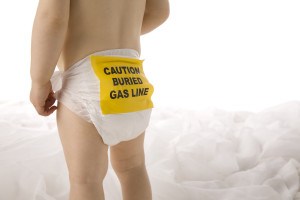Not everyone can breastfeed-feed their baby and bottle feeding is an accepted substitute, so the new mother should not feel guilty if she is unable – or chooses not – to breastfeed. It will certainly cost more to buy the formula, bottles and teats and the sterilizing gear, but baby must be fed.
Bottle feeding today is much easier than it was years ago when the milk and bottles had to be both boiled to give baby a safe feed. And the milk frequently boiled over, making a big mess all over the stove top. Today you simply use boiled water, add powdered formula and give it a good shake. Gran would be jealous!
Read More

